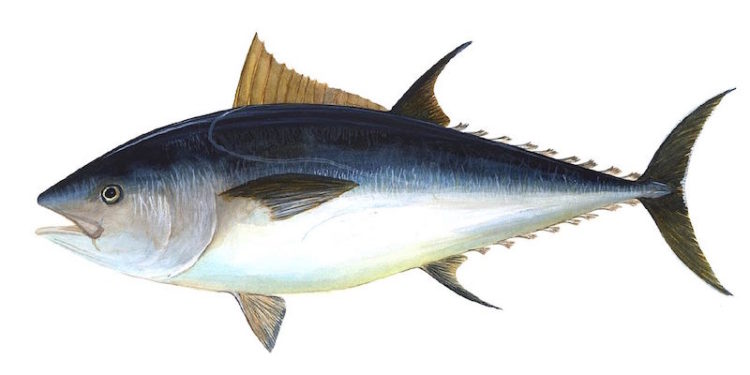The Bluefin tuna fishing season in the Western and Central Mediterranean Sea and in the Adriatic Sea came to a close at 0800 on the 21st June for purse seiners, three days before the official closure on 24th June, after the season had been open since 26th May. Catch limits for bluefin tuna season were increased in 2017, as the stock showed continued signs of recovery.
The European Commission (EC) considers that the 2017 campaign ran smoothly and notes that inspections on European vessels did not reveal systemic illegal activities. The Commission confirmed that for the first time, this year all European operators are using the electronic catch documentation system for bluefin tuna (the Bluefin Catch Document or eBCD) developed by the International Commission for the Conservation of Atlantic Tunas (ICCAT).
The transition from the paper-based bluefin tuna catch documentation program to an electronic bluefin tuna catch documentation system took place in response to the need to detect fraud and deter IUU shipments, as well as to improve tracking of bluefin tuna catch and commerce. This was already the case for operators involved in live trade as from 2016.
The European Commission’s control team – together with the team of the European Fisheries Control Agency and in close co-operation with the competent national authorities – is now monitoring that caging operations in Spain, Malta and Croatia are performed according to ICCAT standards, in order to guarantee full implementation of ICCAT rules and EU legislation.
While benefiting from the increase in fishing opportunities, the majority of European purse seine vessels had already fished their quota in early June, and vessels were called back to port by their national authorities. The quota uptake has now reached 100% for the EU purse seiner fleet. Other gear types still have quota available.
During its 2006 annual meeting in Dubrovnik, ICCAT adopted a 15-year Recovery Plan for bluefin tuna in the Eastern Atlantic and Mediterranean. The Recovery Plan addresses concerns raised by the ICCAT Standing Committee for Research and Statistics (SCRS), regarding an excess of fishing capacity and of fishing effort and a lack of compliance with ICCAT measures by ICCAT Contracting Parties.
This Recovery plan was amended several times between 2008 and 2014, mainly to reinforce the control measures, in particular concerning the live trade sectors (purse seiner fleets and farms), but also other industrial activities like those of large longliners.
Following growing evidence of an important increase in bluefin abundance, and on the basis of the 2014 stock assessment, SCRS ascertained the ongoing recovery of the stock and opened the door to the possibility of increasing fishing opportunities. As a result, in 2014 ICCAT agreed on a 60% increase of the overall TAC over the years 2015 to 2017. The EU quota for 2017 is 13,451.36 tonnes, compared to 11,200 tonnes in 2016.
The Commission has submitted to the ICCAT Secretariat a detailed report on the implementation of the BFT Recovery Plan by the European Union, on the basis of the reports sent by Member States, every year since the adoption of the plan and following ICCAT Recommendations.
The Recovery Plan for bluefin tuna will remain in force until 2022. Since 2015, the yearly updates provided by SCRS have confirmed that the biomass of the BFT stock is at historically high levels. The next stock assessment for BFT is scheduled to take place in late July this year and the evaluation of this report will be conducted by the SCRS in October.
Pending the results of the scientific advice delivered by SCRS, the Commission will assess if the Bluefin tuna Recovery Plan has achieved its objectives. Together with other Contracting Parties, the European Union will discuss its assessment of the management objectives and possible adaptation of the conservation and management measures that apply to this stock at the next ICCAT annual meeting.









